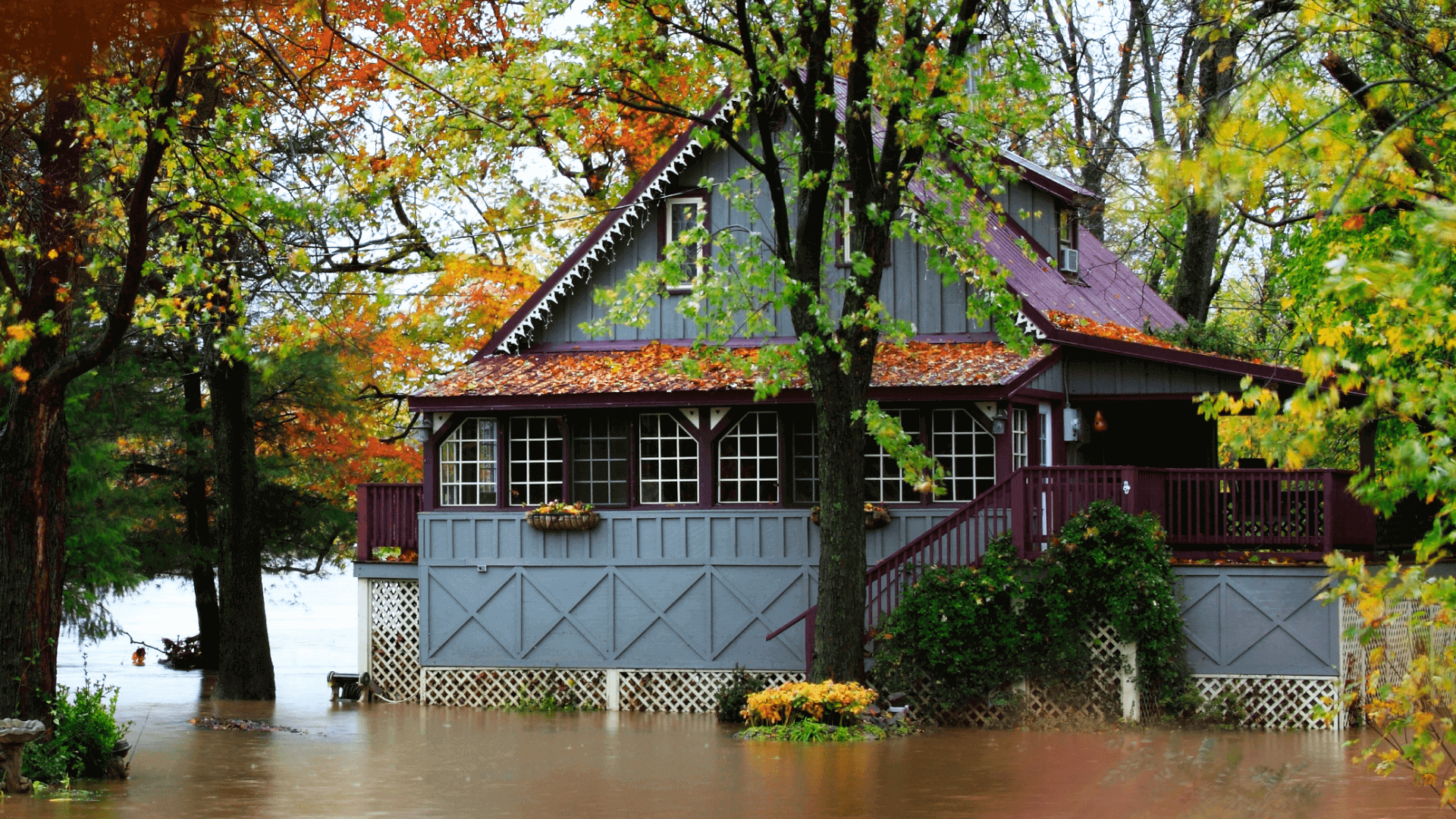Homeowners with Federal Housing Administration-backed mortgages can now buy private flood insurance to satisfy their loan requirements. It’s a sign of expanding consumer choice in response to a burgeoning private flood insurance market. Previously, if you had an FHA mortgage and lived in a high-risk flood zone as defined by the Federal Emergency Management Agency, you could only buy policies through the National Flood Insurance Program. The policy change became effective Dec. 21.
“The choice to select a private flood insurance option may enable some borrowers to obtain policies that are less expensive or provide enhanced coverage,” Julia Gordon, Federal Housing Commissioner, said in a statement.
The rise of private flood insurance
The number of active private flood insurance policies has grown rapidly in recent years according to data collected by the National Association of Insurance Commissioners. [1] The federal government initially created the NFIP because private flood insurance was not available from the private sector. [2] But rising prices for NFIP policies have made private flood insurance more feasible, says Kathleen Schaefer, a flood risk management expert and doctoral candidate at the University of California, Davis. Hundreds of thousands of people dropped their flood insurance after FEMA raised rates on millions of properties to better reflect flood risk. [3] The new pricing methodology, Risk Rating 2.0, increased costs for around 3.8 million households.
Lawmakers have made steady progress allowing people to use private flood insurance to satisfy mortgage lenders’ requirements. The Biggert-Waters Flood Insurance Reform Act of 2012 required lenders to accept private flood insurance policies for homes in high-risk flood zones (though federal rules only solidified this requirement in 2019), [4] but FHA loans, which are backed by the federal government and are typically given to people who can’t otherwise obtain mortgages, were an exception.
Advancing technology has also helped private flood insurance companies gain a foothold. Flood risk catastrophe models have improved, allowing companies to better estimate the risk of insuring a given property, Schaeffer says.
“There’s a number of firms that produce (catastrophe models), and most of the other big insurance companies have their own,” she says.
In comparison, the NFIP’s flood maps are outdated, even after Risk Rating 2.0, and fail to account for rising flood risk caused by climate change, according to critics including the National Resources Defense Council. These maps are one reason why people who live outside of FEMA high-risk flood zones are responsible for more than 20% of all flood insurance claims. Thanks to their more advanced flood maps, private flood insurance companies may have a better reading of flood risk in certain areas, Schaeffer says.
“It’s going to be difficult for insurers to insure hurricane risk, but river rain flooding and even some of the coastal flooding that we have in California is totally insurable,” she says.
How to shop for private flood insurance
Depending on where you live, you may be required to buy flood insurance. Flood damage isn't covered by standard homeowners insurance, so it may be a good purchase even if it's not required.
Before you shop, be aware of an important distinction: NFIP policies are primarily sold by private companies, who write the policies using their own name and branding. NFIP policies have to adhere to certain regulations, while private flood insurance may be able to offer higher protection limits and other policy enhancements. But a company that sells NFIP policies may not necessarily sell private flood insurance policies. Schaeffer recommends working with a licensed insurance broker to compare private flood and NFIP policies in your area.
There are some downsides to private flood insurance. The biggest is that your insurer can cancel or not renew your policy if it thinks your home is too high risk. This is not a worry with the NFIP. Private flood insurance policies also typically require a higher out-of-pocket deductible when you make a claim.
The NFIP is more than $20 billion in debt, and it faces an uncertain future. Congress recently reauthorized the program through Sept. 30, 2023, but many observers say it’s in need of reforms to meet the challenge posed by climate change. Private flood insurance may look like an increasingly viable alternative if that fails to happen.
Image: Steve Cicero / Getty

